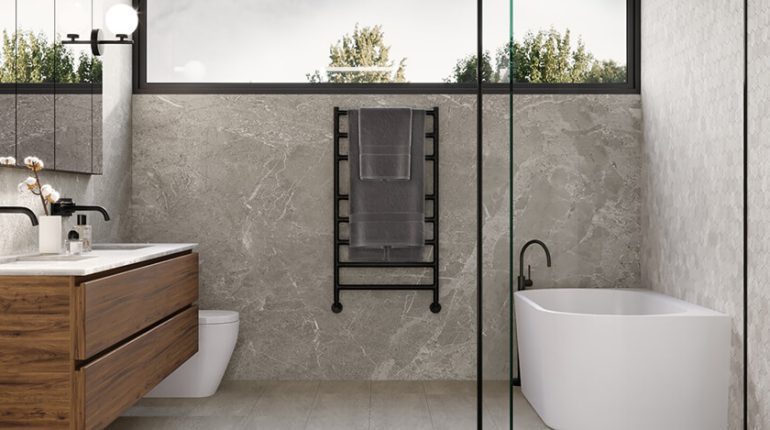
Whether you’re renovating your kitchen, bathroom, or any other space in your home, understanding the different types of tile and stone, their characteristics, and how to match them with your unique requirements will ensure a successful and visually appealing outcome.
Assessing Your Needs
Before diving into the world of tile and stone, it’s crucial to assess your needs and preferences. Consider factors such as the room’s function, foot traffic, and the overall aesthetic you want to achieve. Are you looking for a sleek and modern look or a rustic and natural feel? Understanding your requirements will help narrow down your options.
Additionally, consider the maintenance and durability of the materials. For high-traffic areas, you may want to opt for more durable options like porcelain or natural stone, while for low-traffic areas, you can explore a wider range of materials.
Exploring Tile Options
Ceramic Tiles:
Ceramic tiles are a popular choice due to their versatility, affordability, and wide range of colors, patterns, and textures. They are suitable for various spaces, including bathrooms, kitchens, and living areas.
Porcelain Tiles:
Porcelain tiles are known for their durability and water resistance. They are an excellent choice for high-traffic areas, outdoor spaces, and even walls. With advancements in technology, porcelain tiles can mimic the look of natural stone or wood.
Exploring Stone Options
Marble:
Marble is a timeless and luxurious option that adds elegance to any space. It comes in various colors and veining patterns, making each piece unique. However, it requires regular maintenance to prevent staining and etching.
Granite:
Granite is a durable and heat-resistant natural stone that is ideal for kitchen countertops. It offers a wide range of colors and patterns, ensuring a unique and eye-catching look in your home.
Factors to Consider
Color and Pattern:
Consider the color scheme and overall design of your home when selecting tile and stone. Opt for colors and patterns that complement your existing decor and create a cohesive look.
Size and Shape:
The size and shape of the tiles can greatly impact the visual perception of a space. Larger tiles can make a room appear more spacious, while smaller tiles can add intricate details and texture.
Practical Considerations
Maintenance:
Consider the maintenance requirements of different tile and stone options. Some materials require regular sealing or special cleaning products, while others are more low-maintenance.
Slip Resistance:
If you’re installing tiles in areas prone to moisture, such as bathrooms or entryways, it’s essential to choose options with slip-resistant properties to ensure safety.
Budgeting
When it comes to tile and stone, prices can vary significantly. Set a budget for your project and explore options within that range. Remember to consider the cost of installation and any additional materials or tools required.
Seeking Professional Advice
If you’re unsure about which tile or stone option is best for your home, don’t hesitate to seek professional advice. A knowledgeable tile and stone installer or interior designer can guide you through the selection process and help you make an informed decision.
They can also provide valuable insights into the latest trends, installation techniques, and maintenance tips to ensure a successful outcome.
Conclusion
Choosing the right tile and stone for your home is a significant decision that can greatly impact the overall look and feel of your space. By assessing your needs, exploring different options, considering practical factors, and seeking professional advice, you can make an informed choice that suits your style, budget, and functional requirements.
Remember, the perfect tile and stone will not only enhance the beauty of your home but also provide durability and longevity for years to come.